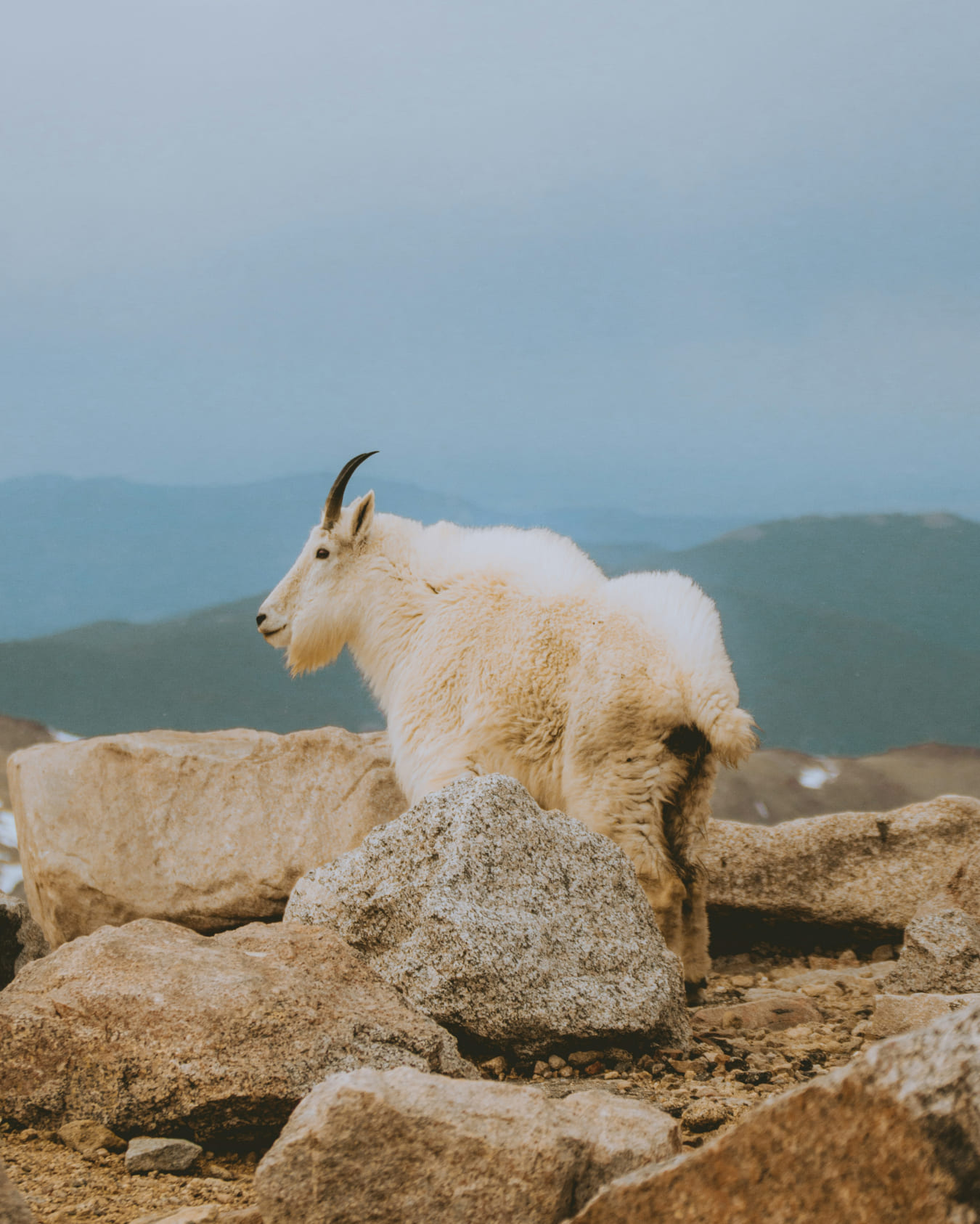Creating a Home Away from Home: How Zoos Mimic Natural Habitats
One of the primary goals of modern zoos is to provide environments that closely resemble the natural habitats of their animals. Through innovative design, enrichment activities, and attention to each species' unique needs, zoos create spaces where animals can live comfortably, express natural behaviors, and thrive. This commitment to animal welfare is central to the mission of today's zoos, transforming them into sanctuaries that respect and care for the animals in their care.
Designing Naturalistic Enclosures
Creating naturalistic enclosures requires a deep understanding of each species' habitat, lifestyle, and behaviors. For example, enclosures for big cats include plenty of space for running, climbing structures, and shaded areas to mimic the African savanna. Tropical birds live in aviaries filled with diverse plants, branches, and water sources, replicating the lush forests they call home. This level of detail helps reduce stress for the animals, allowing them to engage in natural behaviors such as hunting, climbing, or exploring.
Providing Enrichment to Keep Animals Engaged
Mental stimulation is essential for animals in captivity, as it keeps them engaged and prevents boredom. Zoos develop enrichment activities that encourage animals to use their instincts and skills. For instance, food is sometimes hidden in puzzles to mimic foraging, and toys or scent trails are introduced to promote exploration and curiosity. Social animals are housed with companions or in groups to allow for natural social interactions, while solitary animals are provided with private spaces.
The Role of Climate Control and Environmental Factors
In climates where local weather differs drastically from an animal’s natural habitat, zoos use climate control to ensure comfort. Polar animals, for instance, may have enclosures with cooling systems, while tropical animals benefit from humidity-controlled spaces. These adjustments allow animals to experience conditions similar to those in the wild, further enhancing their well-being.
Modern zoos are dedicated to creating homes that reflect the environments where animals thrive in the wild. By designing naturalistic enclosures, offering enrichment, and considering climate needs, zoos provide spaces where animals can live fulfilling lives. This commitment to animal welfare is what sets modern zoos apart and demonstrates their dedication to the creatures they care for. Through these efforts, zoos create safe havens where animals can not only survive but truly flourish.
